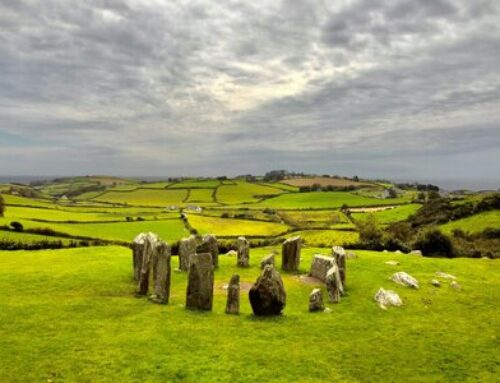Photographers Joe DiMaggio and JoAnne Kalish are facilitating two AltruVistas journeys to Cuba, one in November 2019 and one in January 2020. Joe spoke with us about how he approaches taking photographs in another culture, and about the power of the still image. Tour links are below the interview.
Hi, Joe! How did you get into photography and international tours?
I picked up my first camera at age 7. It was my grandfather’s—he was a serious amateur photographer from Italy. Photography allows me to express myself. It’s all about communication. It’s writing with light. I’m a failed painter. I love to paint but the majority of my paintings are at best mediocre to terrible. Photo (and videography, and filmmaking) is a different story. It’s my love. It’s what I absolutely adore doing.
I thoroughly enjoy teaching workshops. Prior to going to Cuba, I’ve worked in Japan, Germany, France, Italy, Spain, Korea. In the ’80s and early ’90s, I used to travel 35 weeks a year.
I started going to Cuba because I had done a workshop in Florida where several participants were part of a local shul. They were all photographers, and they liked the simplicity, the clarity in my teaching style, and they asked me if I wanted to head a group going to Cuba. So we went in the early 2000s under the “religious” travel category.
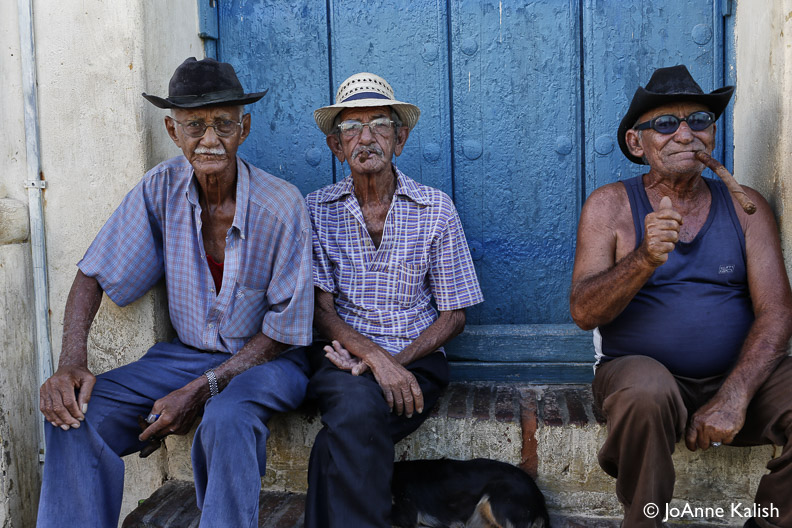
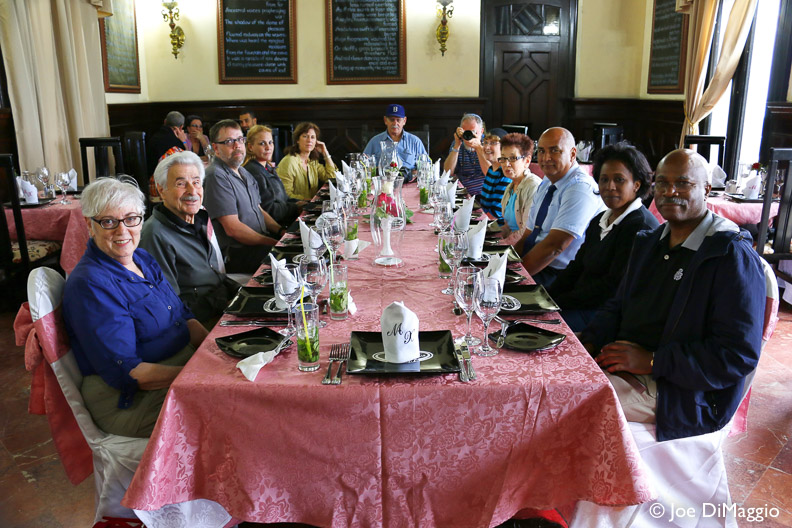
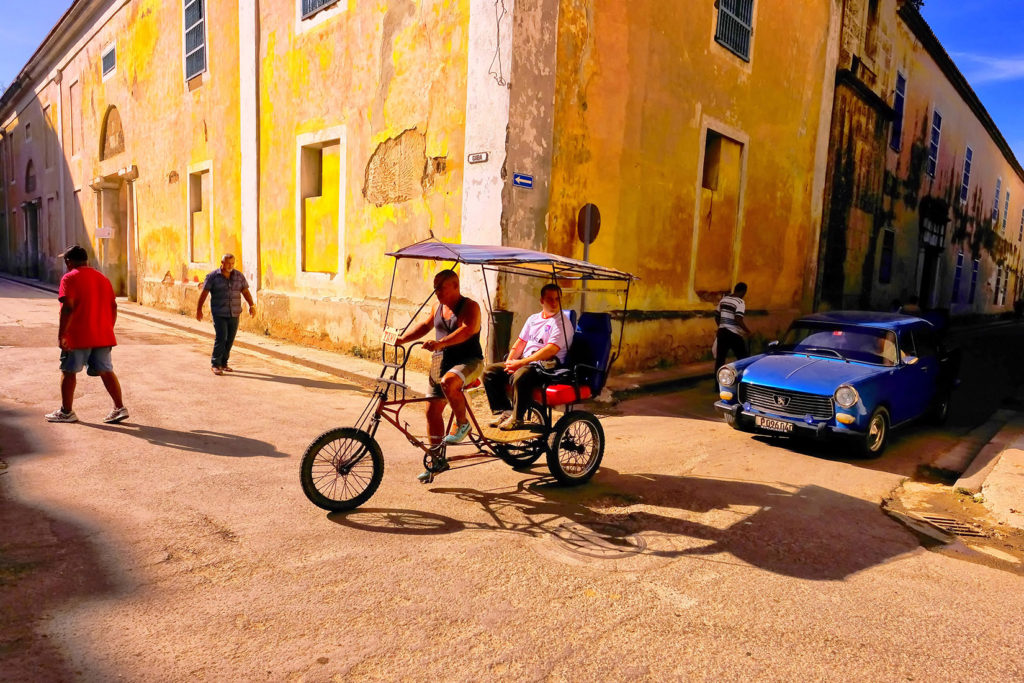
What’s your philosophy on photography?
Great photography can change people’s lives. Iconic photos can seal moments in history; in time. For example, Alfred Eisenstaedt’s photo of the sailor dipping the woman after World War II: We needed that photo to know the war was over. Or W. Eugene Smith’ photo essay on the country doctor, or Eddie Adams’ Vietnam war photo. I was sitting with people in a NYC flat when that photo came on TV. It changed the attitude of people towards the war. Think also about Yousuf Karsh’s photograph of Churchill after his cigar had been taken away. It’s shows you, “This is a real person.” I think about photos from the Civil Rights Movement. About Bill Eppridge’s photo of Bobby Kennedy.
What can participants expect on your Cuba journey?
There are a lot of trips to Cuba. If you’re just interested in technical stuff—you may want to take another trip. My goal is to get to what’s in your heart and your gut. Let the camera do its work. I’m not interested in helping you create a masterpiece unless it’s YOUR masterpiece. Because you may really change somebody’s perspective via your photography.
I show people how to get passion out of what they’re doing, rather then “A, B, C.”
We want to get up close & personal with people, enhance mutual understanding, and share experiences. It’s brand new every day.
I leave my ego in the hotel room; I leave it on the plane. People gravitate to me naturally because of my eyes and my smile. They know I care.
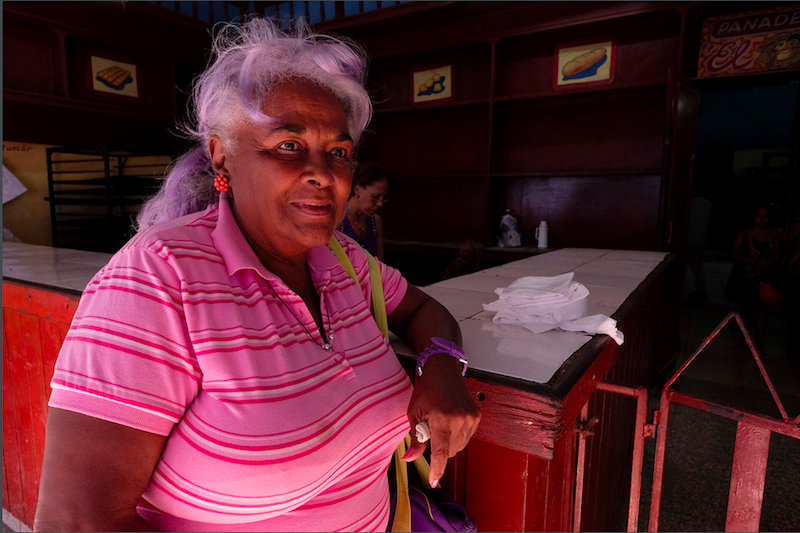
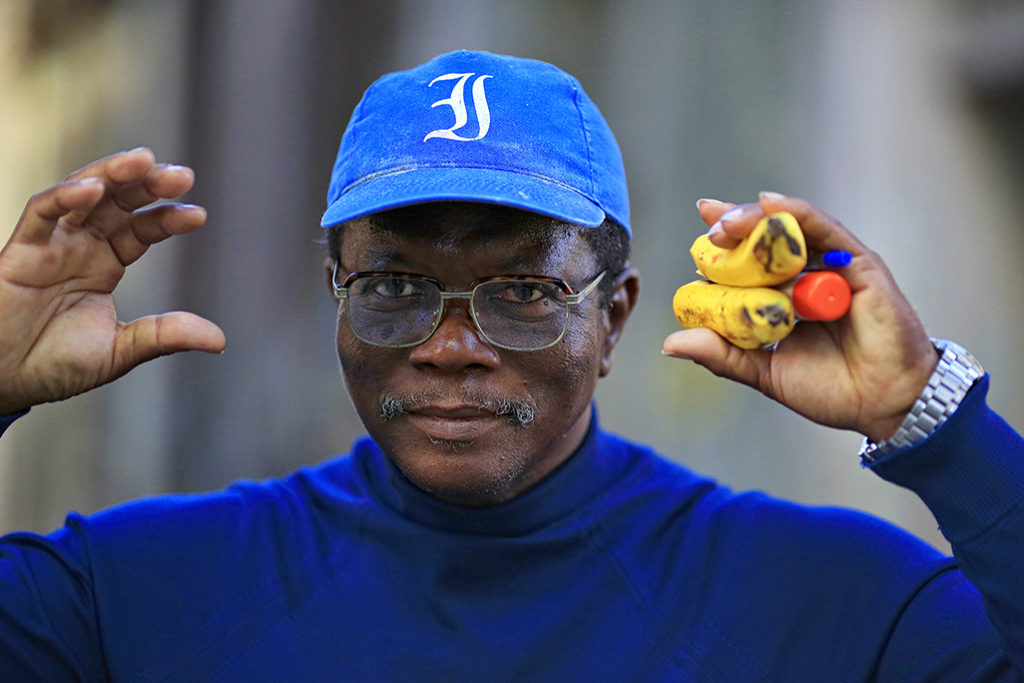
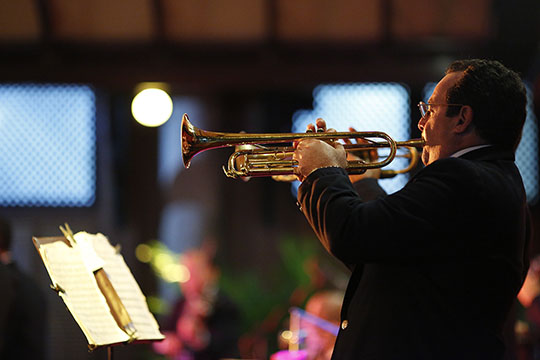
How can an international photography journey be a people-to-people exchange, versus feeling like a form of neocolonialism?
In Ecuador, I saw a 90-year-old woman with the most amazing eyes. She was in a basement doorway looking up. We smiled. I pointed to my camera–“May I?” She agreed. Then a four-year-old kid jumped up on chair and asked to be photographed. These were the best photos I did in two months being there. It wasn’t planned; wasn’t structured. Asking permission is so important. You can’t invade another human being’s space.
My job is to make you feel relaxed, to love and be happy with yourself, so that you can authentically connect. You have to get comfortable with yourself in order to get down and dirty, to get the photograph you want. This is the way I normally operate, by the way, regardless of whether or not I’m traveling in another culture.
Workshop means “WORK!” –“It’s my work; it’s my effort.” I think that’s how you get close to people. Show your vulnerability; your side of it.
Someone who’s gone on multiple trips with me just donated a three-month supply of food to the people’s homes we visited. I’m not saying that’s a requirement—he did it out of his own volition, out of his own heart. But when you’re invited into somebody’s home, you need to be reciprocal—even if it’s just by being a totally open, sincere, respectful, and engaged guest.
I grew up in a half-Jewish/half-Italian neighborhood. In the synagogue in Havana, there’s an opportunity to drop off supplies. We go to a Costco before we leave the States, and we bring vitamins, aspirin, two dozen baseballs, etc. with us to Cuba. We start off our trip by donating in this way. It’s not mandatory and it’s not religious, but usually the whole group goes in. We bring all that we can carry. But you can just bring something like 100 Tylenol. Trust me, it goes a long way. You’re 28 miles from Florida and someone has half a bottle of milk in their fridge. Get on the ground and kiss the earth you’re on. We all have so much.
On our AltruVistas photo journeys we’re going to meet with Cuban artists—photographers, sculptors, painters—for idea exchanges. We’ll go out to hear live jazz and blues. We’ll photograph kids playing with the baseballs we provide (kids will often play with makeshift duct tape balls since they don’t have the real thing). For a photo opp, we’ll visit a boxing gym. You don’t have to like boxing, You like people? You like eyes? You like expressions? I know how to approach it in a simple, clean, elegant way where we make the people we’re photographing feel important, feel celebrated.
When you look in the Cuban people’s eyes, you see hope. You see drive. We want to have a great time, and come away understanding the people we’ve met.
The greatest stuff in life is free. A pat on the back, a hug, is worth a million dollars. It’s so much more fun to give than to receive. There’s no formula to this. Everything is on the fly.

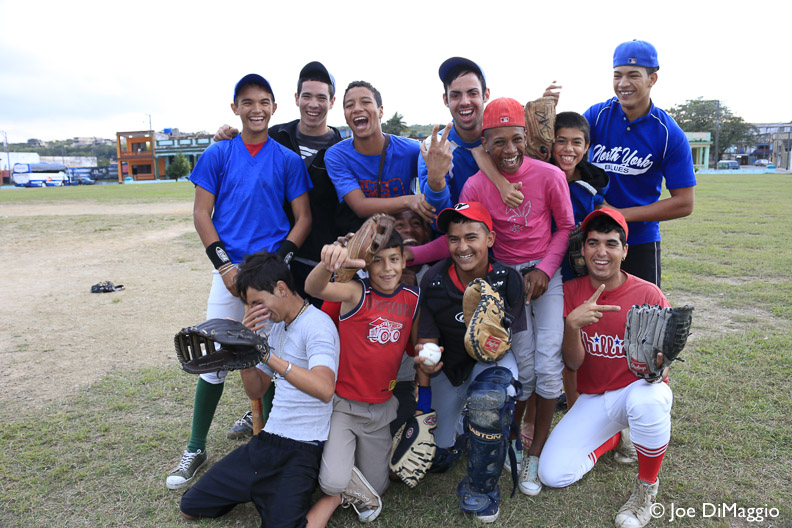

What can you share about your life partner and co-facilitator, JoAnne Kalish (Ed. note: JoAnne was unable to be on the call.)
JoAnne has an ego the size of a pea, and the talent the size of New York City. Her iconic, large portrait of Will Barnet, the great American artist who died just shy of 101, is in the National Gallery of Art in Washington, DC. It’s also the frontispiece of the book Will Barnet at 100, printed by the National Academy. This in my opinion is one of the greatest portraits ever done. I would do anything to have my name on this photo.
JoAnne was the first woman hired by Sports Illustrated, to photograph Grand Prix automobile racing, the first to go into NHL penalty boxes and shoot from there.
We both just worked together for a year and a half with the Museum of Modern Art in Ecuador. We also shot a reality TV pilot with actor William Shatner and his wife Liz.
What are some of your own professional highlights?
I’ve done covers for Sports Illustrated that were iconic and seen worldwide, such as my portrait of Gerry Cooney vs Larry Holmes. Sports Illustrated also said I had the 3rd greatest photo of the last 100 years at the Indy 500. My iconic photo of Mike Tyson’s scream was published all over the world.
In my twenties I was rejected two consecutive years from the international workshop at the Missouri School of Journalism. In the third year they took me. Cliff Edom’s workshop changed my life. I went there as a child and came back a man. To this day, the photos that I took there were some of the best black-and-whites I’ve ever shot–and this was 50 years ago. They’re part of the permanent collection of the Library of Congress. I’ve sold photos for $250K. But money doesn’t necessarily mean photos are better.
Currently I’m working on a series with a friend from MOMA.
I’m the author of the book Fill the Frame. It took me 13 years to write it, and 50 years to live it.
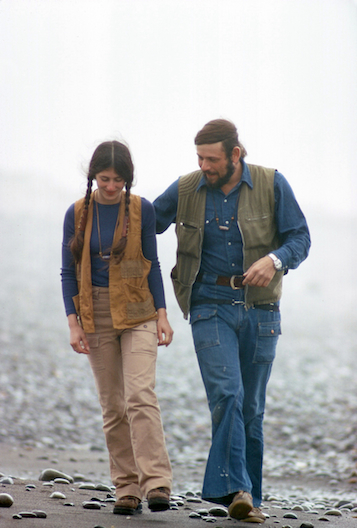
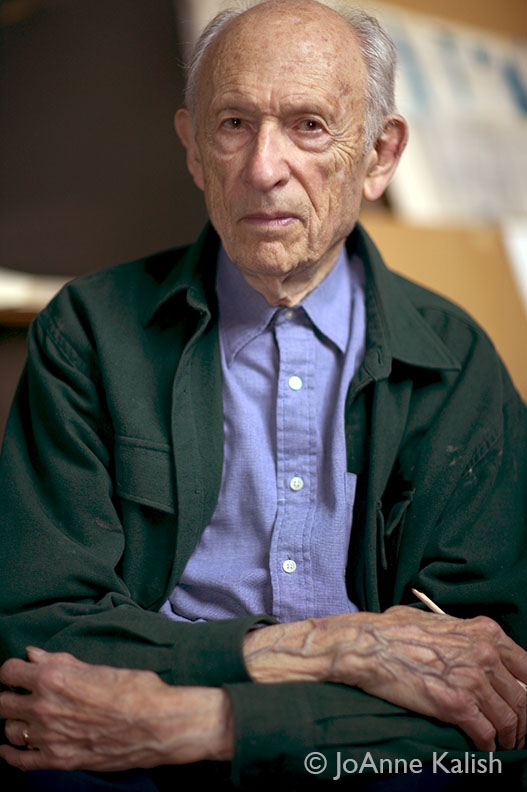

To view Joe and JoAnne’s website: http://www.dimaggio-kalish.com
To follow Joe on Instagram: https://www.instagram.com/dimaggiophotos/
To follow JoAnne: https://www.instagram.com/joannekalish/
To join Joe and JoAnne on one of their upcoming Cuba workshops, see below.
All photos in this interview courtesy of and copyright Joe DiMaggio and JoAnne Kalish. All rights reserved.
Cuba
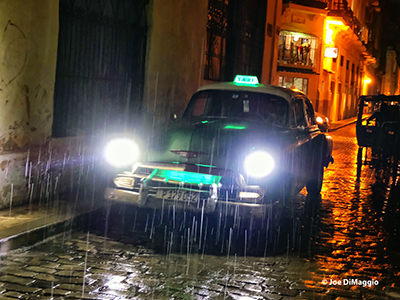
Nov. 4-11
$3760 double occupancy 4-star hotels | $675 single supplement
$2990 double occupancy casas particulares | $300 single supplement
Sponsoring Organization: DiMaggio/JKalish Workshops and Learning Center
Availability: OPEN
Cuba

Jan. 20-27
$3760 double occupancy 4-star hotels | $675 single supplement
$2990 double occupancy casas particulares | $300 single supplement
Sponsoring Organization: DiMaggio/JKalish Workshops and Learning Center
Availability: OPEN




